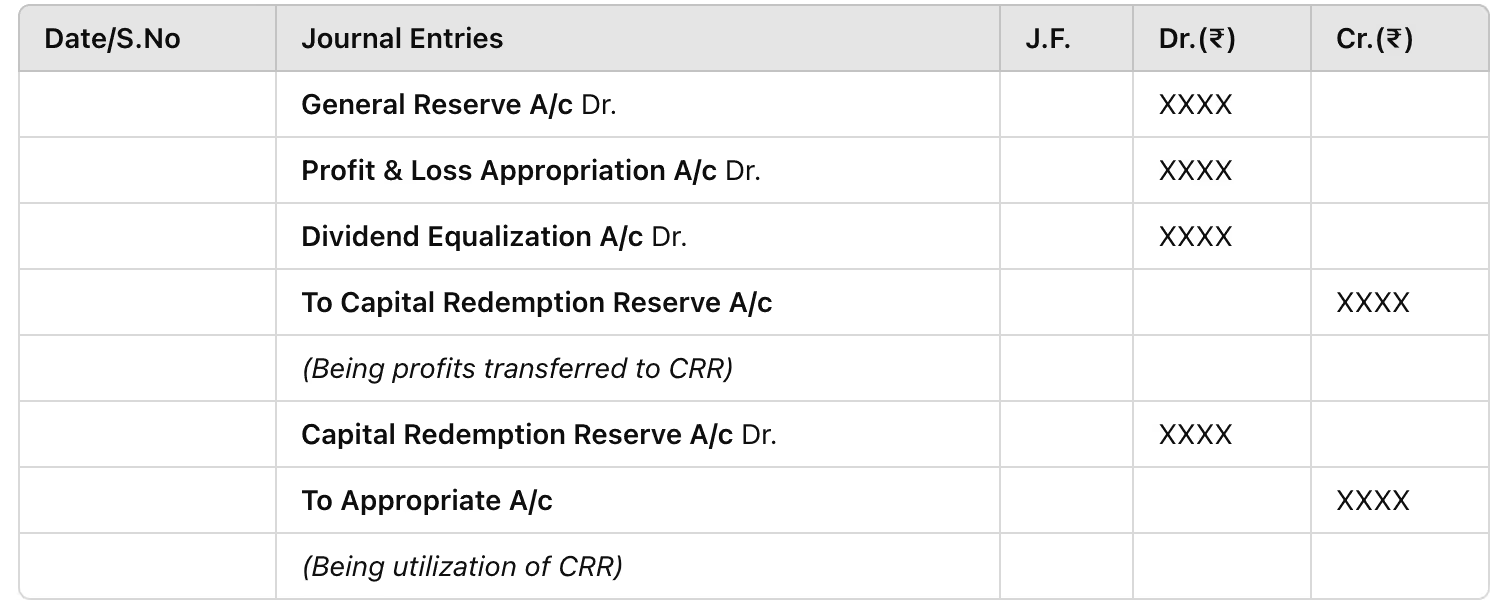The concept of a dormant company was introduced in the Companies Act, 2013 to allow businesses to maintain their legal status while having minimal operations. Dormant company registration under Section 455 of the Act is a strategic move for companies planning to become temporarily inactive due to various reasons, such as holding assets, protecting intellectual property, or preparing for future projects. This article delves into the meaning, eligibility, benefits, and process of obtaining dormant company status in India.
Table of Contents
What Is a Dormant Company?
Under the Companies Act, 2013, a dormant company refers to an entity that is temporarily inactive, with no significant accounting transactions during a financial year. The definition of a dormant company encompasses companies that are:
- Incorporated for future projects
- Established to hold assets or intellectual property
- Not engaged in any significant financial transactions
To be eligible for dormant company status, a company must meet the following criteria:
- No significant accounting transactions during the last two financial years
- No filing of financial statements and annual returns with the Registrar of Companies (ROC) in the preceding two financial years
It's important to note that a company can remain dormant for a maximum of five consecutive financial years. After this period, the company must either commence operations or apply for an extension of dormant status with the ROC.
Is a Dormant Company Allowed To Trade?
A dormant company is not allowed to conduct significant business transactions, such as:
- Buying or selling goods and services
- Engaging in revenue-generating operations
- Undertaking any other form of trade
However, a dormant company can carry out certain essential activities, including:
- Paying fees and fulfilling compliance requirements under the Companies Act or other applicable laws
- Maintaining its registered office and records
- Allotting shares to shareholders
Engaging in active trading or substantial business transactions may lead to the loss of dormant company status. Therefore, it is crucial for business owners to ensure that their dormant company remains compliant with the prescribed regulations.
A Brief Overview of Dormant Status Under the Companies Act 2013
Section 455 of the Companies Act 2013 introduced the concept of dormant companies to provide a legal framework for businesses that wish to temporarily suspend their operations while maintaining their legal status. This provision allows companies to:
- Preserve their assets and intellectual property
- Reduce compliance costs during periods of inactivity
- Keep their company name reserved for future projects
Meaning of Inactive Company
An inactive company, as per the Companies Act 2013, is a company that:
- Has not conducted any significant financial transactions during the last two financial years
- Has not filed financial statements and annual returns with the ROC for the preceding two financial years
Reasons for Obtaining the Status of a Dormant Company
There are several reasons why a company may choose to obtain dormant company status:
- To preserve the company name for future business ventures
- To hold assets or intellectual property without actively engaging in business operations
- To reduce compliance costs and regulatory burdens during periods of inactivity
- To facilitate business restructuring or strategic planning
- To maintain legal status while the promoters or directors are unavailable due to personal reasons, such as illness, travel, or sabbatical
Top 5 Benefits of Opting for Dormant Company Status
- Reduced Compliance Requirements: Dormant companies are subject to significantly fewer compliance obligations under the Companies Act 2013. This includes exemptions from holding frequent board meetings, appointing auditors, and filing detailed annual returns.
- Cost Savings: By reducing compliance requirements, dormant companies can save on administrative expenses, such as auditor fees, legal costs, and filing charges. This can be particularly beneficial for small businesses and start-ups looking to minimise overhead costs.
- Brand Name Protection: Registering as a dormant company allows businesses to protect their brand name and prevent others from registering a similar name. This is crucial for companies that have invested in building a strong brand identity and want to preserve it for future use.
- Flexibility for Future Business Plans: Dormant company status provides businesses with the flexibility to reactivate their operations when the time is right. This can be particularly useful for companies that are waiting for market conditions to improve or for key personnel to return from extended absences.
- Simplified Annual Filings: Dormant companies are required to file a simplified version of the annual return, known as Form MSC-3. This form requires less detailed information compared to the annual returns filed by active companies, reducing the administrative burden on business owners.
By weighing the benefits of dormant company status against the specific needs and goals of their business, entrepreneurs can make informed decisions about whether this legal structure is suitable for their situation.
Mandatory Requirements for Obtaining Dormant Status
To be eligible for dormant company status under Section 455 of the Companies Act 2013, a company must fulfil certain mandatory requirements:
- No Significant Accounting Transactions: The company must not have carried out any significant accounting transactions during the financial year for which dormant status is sought. This excludes transactions related to the allotment of shares, payment of fees to the ROC, and maintenance of the company's office and records.
- No Outstanding Liabilities: The company must not have any outstanding loans, whether secured or unsecured, or any other outstanding liabilities. If there are any outstanding unsecured loans, the company must obtain a no-objection certificate from the lenders before applying for dormant status.
- No Pending Regulatory Actions: There should be no pending inspections, inquiries, or investigations against the company by any regulatory authorities. Additionally, no prosecution proceedings should be initiated against the company under any law.
- Up-to-date Statutory Filings: The company must have filed all its pending returns, including annual returns and financial statements, with the ROC before applying for dormant status.
- Shareholder Approval: The company must obtain approval from its shareholders through a special resolution passed at a general meeting. Alternatively, the company can obtain the consent of at least 3/4th of its shareholders by value through a written resolution.
How to File for Dormant Status: A Step-By-Step Guide
Filing for dormant company status involves a series of steps that must be followed in accordance with the provisions of the Companies Act 2013:
- Convene a Board Meeting: The company's board of directors must convene a meeting to discuss and approve the proposal for obtaining dormant status. The board resolution should authorise the filing of the necessary application and documents with the ROC.
- Obtain Shareholder Approval: The company must obtain approval from its shareholders either through a special resolution passed at a general meeting or through the written consent of at least 3/4th of the shareholders by value.
- Prepare the Statement of Affairs: The company must prepare a statement of affairs, including a balance sheet and profit and loss account, as of the date of the application for dormant status. This statement should be verified by an affidavit from the company's directors.
- File Form MSC-1: The company must file Form MSC-1 with the ROC, along with the necessary supporting documents, including the board resolution, shareholder approval, statement of affairs, and any other relevant documents as specified in the Companies Act 2013.
- Pay the Prescribed Fees: The company must pay the prescribed fees for filing Form MSC-1, as specified in the Companies (Registration Offices and Fees) Rules, 2014.
- Obtain Certificate of Dormant Status: Upon verification of the application and supporting documents, the ROC will issue a certificate of dormant status to the company in Form MSC-2.
It is important to note that the entire process of filing for dormant company status must be completed within 30 days of obtaining shareholder approval. Companies should seek the assistance of a qualified professional, such as a company secretary or chartered accountant, to ensure compliance with the prescribed procedures and timelines.
ROC Forms for Registering Dormant Company
- Form MSC-1: This form is used to apply for obtaining dormant company status. It must be filed with the ROC within 30 days of obtaining shareholder approval. The form requires details such as the company's name, registered office address, directors' particulars, and the reasons for seeking dormant status.
- Form MSC-3: This form is used to file the annual return of a dormant company. It must be filed within 30 days from the end of each financial year. The form requires details such as the company's financial position, shareholding pattern, and any changes in the directors' or registered office address.
- Form MSC-4: This form is used to apply for seeking the status of an active company. It must be filed with the ROC when a dormant company wants to commence business operations. The form requires details such as the company's name, registered office address, and the reasons for seeking active status.
Annual Compliance for Dormant Company
While dormant companies enjoy certain relaxations under the Companies Act 2013, they are still required to fulfil essential annual compliance tasks in four key areas:
- Accounting and Financial Statements: Dormant companies must maintain proper books of accounts and prepare financial statements, including a balance sheet and profit and loss account, for each financial year. These financial statements must be approved by the board of directors and presented at the annual general meeting.
- Statutory Audit: Dormant companies are required to appoint a statutory auditor to conduct an audit of their financial statements. However, dormant companies are exempt from the requirement of auditor rotation, which is mandatory for active companies.
- Tax Return Filings: Dormant companies must file their income tax returns annually, even if they have not generated any income during the financial year. They are also required to comply with other applicable tax laws, such as the Goods and Services Tax (GST) and Tax Deducted at Source (TDS) provisions.
- ROC Filings: Dormant companies must file an annual return in Form MSC-3 with the ROC within 30 days from the end of each financial year. This form requires details such as the company's financial position, shareholding pattern, and any changes in the directors' or registered office address.
By fulfilling these annual compliance requirements, dormant companies can ensure that they remain in good standing with the regulatory authorities and avoid any penalties or legal consequences.
Reactivation of a Dormant Company
A dormant company can be reactivated and commence business operations by following the prescribed procedure under the Companies Act 2013:
- Convene a Board Meeting: The company's board of directors must convene a meeting to discuss and approve the proposal for reactivating the company. The board resolution should authorise the filing of the necessary application and documents with the ROC.
- File Form MSC-4: The company must file Form MSC-4 with the ROC, along with the necessary supporting documents, including the board resolution and any other relevant documents as specified in the Companies Act 2013.
- Pay the Prescribed Fees: The company must pay the prescribed fees for filing Form MSC-4, as specified in the Companies (Registration Offices and Fees) Rules, 2014.
- Obtain Certificate of Active Status: Upon verification of the application and supporting documents, the ROC will issue a certificate of active status to the company in Form MSC-5.
Once the company has obtained the certificate of active status, it can commence business operations and is required to comply with all the provisions of the Companies Act 2013 applicable to active companies, including regular compliance requirements such as holding board meetings, filing annual returns, and appointing auditors.
Conclusion
Dormant company under Section 455 of the Companies Act 2013 is a strategic tool for businesses to preserve their legal identity while suspending operations. It allows companies to protect their brand name, reduce compliance costs, and maintain flexibility for future ventures. To benefit from this status, businesses must meet eligibility criteria and comply with statutory requirements. Seeking professional assistance is advisable to navigate the process effectively and avoid legal issues. This approach is ideal for future projects, asset holding, or temporary business pauses, offering a cost-effective solution for maintaining legal existence.
Frequently Asked Questions
Private Limited Company
(Pvt. Ltd.)
- Service-based businesses
- Businesses looking to issue shares
- Businesses seeking investment through equity-based funding
Limited Liability Partnership
(LLP)
- Professional services
- Firms seeking any capital contribution from Partners
- Firms sharing resources with limited liability
One Person Company
(OPC)
- Freelancers, Small-scale businesses
- Businesses looking for minimal compliance
- Businesses looking for single-ownership
Private Limited Company
(Pvt. Ltd.)
- Service-based businesses
- Businesses looking to issue shares
- Businesses seeking investment through equity-based funding
One Person Company
(OPC)
- Freelancers, Small-scale businesses
- Businesses looking for minimal compliance
- Businesses looking for single-ownership
Private Limited Company
(Pvt. Ltd.)
- Service-based businesses
- Businesses looking to issue shares
- Businesses seeking investment through equity-based funding
Limited Liability Partnership
(LLP)
- Professional services
- Firms seeking any capital contribution from Partners
- Firms sharing resources with limited liability
Frequently Asked Questions
How does a company become dormant?
To become a dormant company, a company must pass a special resolution in a general meeting and file Form MSC-1 with the Registrar of Companies, along with the necessary documents and fees.
How long is the company's dormant status?
A company can maintain its dormant status for a maximum of five consecutive financial years. After this period, the company must either reactivate or apply for voluntary closure.
What forms are needed for a dormant company status application?
The key forms required for a dormant company status application are e-Form MGT-14 (filed within 30 days of passing the special resolution) and e-Form MSC-1 (filed within 30 days after the special resolution to apply for dormant status).
Can a dormant company be active?
Yes, a dormant company can reactivate and become an active company by filing Form MSC-4 with the Registrar of Companies, submitting Form MSC-3 (Annual Return), and paying the prescribed fee.
Can a dormant company be closed?
Yes, a dormant company can apply for voluntary closure if it has not been reactivated within five consecutive financial years or if the promoters decide to wind up the business.
How to close a Dormant Company in India?
To close a dormant company in India, the company must follow the voluntary winding-up process under the Companies Act 2013. This involves passing a special resolution, appointing a liquidator, settling all liabilities, and distributing any remaining assets among the shareholders. The company must also file the necessary forms with the Registrar of Companies and obtain approval for the closure.






%20to%20LLP%20in%20India.webp)











